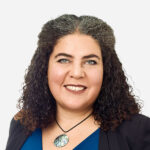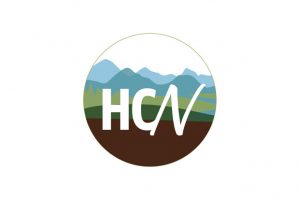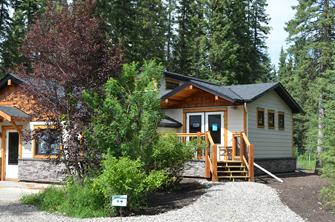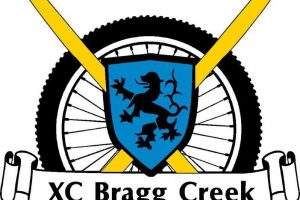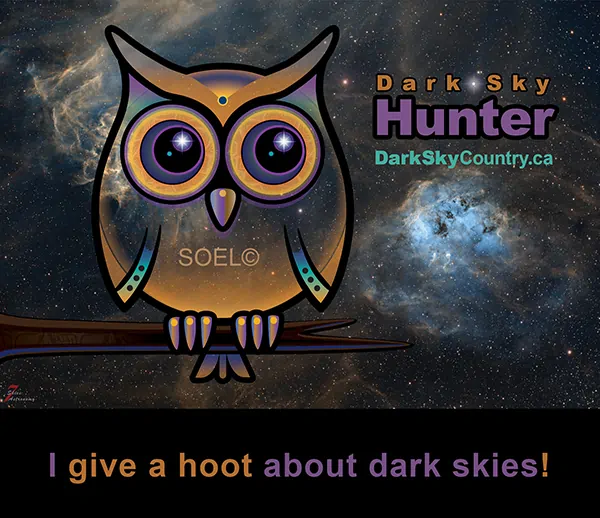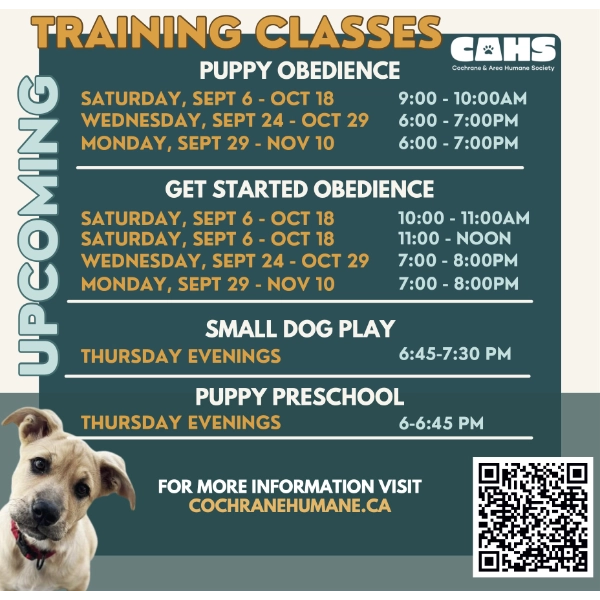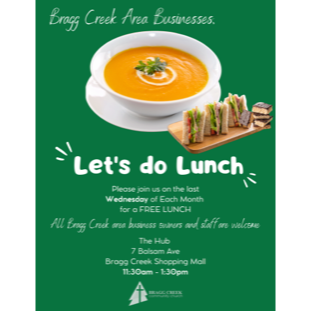Hello! My name is Steph, and I founded the Saint Wine Society on the basis of bringing people into community through wine. It feels fitting that this column begins with bubbles, because for me, champagne was the beginning of my fascination with winemaking, and has always represented the joy and indulgence at the heart of wine.
Here’s what I know to be true: champagne isn’t just for midnight countdowns or anniversaries, it’s one of the most versatile wines around. Fresh enough for oysters, bright enough for roast chicken, and lively enough to make potato chips feel fancy, it belongs at Tuesday dinners as much as a black-tie gala. My corniest quote is “don’t wait for a special occasion, make this occasion special”, and honestly, I stand by it.
The biggest question I get asked is “Is champagne really worth the cost??” and my short answer is yes. My longer answer comes by outlining the process of what gives champagne it’s worthy ego.
The story of champagne is a bit of accident and innovation. In the cool chalk cellars of Champagne (a region in the northeast of France), monks had a hard time keeping their wines stable. Fermentation stalled in winter and began again in spring, trapping bubbles inside the bottle. At first this was considered a flaw, with bottles even exploding in storage. Over time, producers learned to tame the sparkle and transformed it into the signature style of the Champagne region. What began as a winemaker’s headache eventually became what we now call the “traditional method” of production.
In the traditional method, Chardonnay, Pinot Noir and Pinot Meunier grapes are hand harvested and fermented into still wine. The still base wine (or cuvée) is then bottled with a mix of yeast and sugar, which creates natural bubbles as the yeast ferments. Once the yeast dies, the wine ages on it’s lees, developing texture and complexity before being carefully clarified through riddling and freezing. The frozen sediment is expelled under pressure, leaving a perfectly clear and beautifully sparkling wine.
The bottles are then topped up with the dosage, a blend of base wine and sugar that determines the final sweetness level. Brut Nature and Extra Brut are the driest styles, while Demi-Sec and Doux are much sweeter. (The most common dosage we see on shelves in Alberta is Brut- think Veuve Clicquot or Laurent-Perrier.) Finally, the bottles are corked, caged, labeled, and either aged further or released for sale.
The name ‘champagne’ offers a level of quality and refinement because it denotes wines that were specifically made in the Champagne region in France, in the traditional method. Is it always worth it to choose champagne if you can? 100%. It’s the creme de le creme for a reason. However, but fortunately for us, the traditional method has inspired the creation of incredible sparkling wines globally, and we can also enjoy this style of wine without the champagne price tag. To enjoy a similar champagne-like experience, look for traditional method sparkling wines like cava from Penedès, Spain, crémant from regions like Burgundy and the Loire and my personal favourite, franciacorta from Lombardy, Italy.
For the upcoming holiday, I recommend reaching for a sparkling wine to compliment your dinner, and your party guests. And if you’re looking for a little more luxury, Saint Wine Society has a Champagne Cart Experience for those elevated events, so you can indulge in bubbles without having to pop and pour them all yourself.
Champagne, the ineffable sparkle. Welcome to the Society.
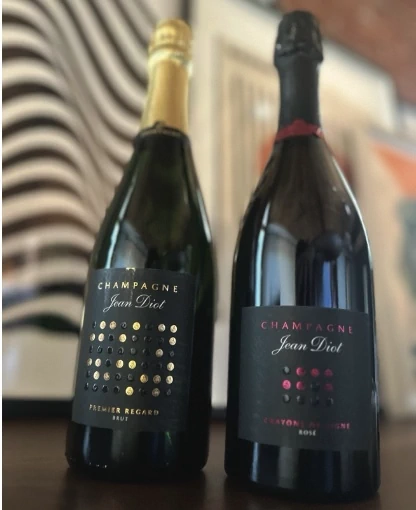
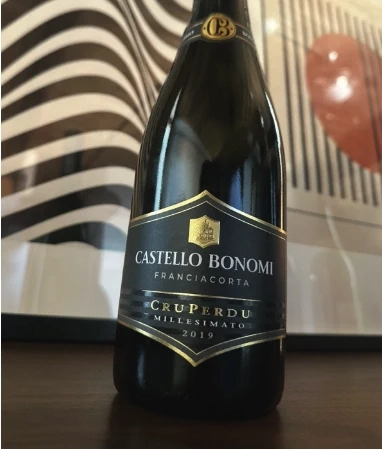
Stephanie Gilker is the founder of Saint Wine Society, curating polished wine tasting experiences and Champagne service across Alberta. She holds WSET Level 3, French Wine Scholar, and Master of Champagne certificates, bringing expertise, creativity, and elegance to every glass.
Article Sources:
Champagne Master Manual, Wine Folly
Photo Credit: Stephanie Gilker






